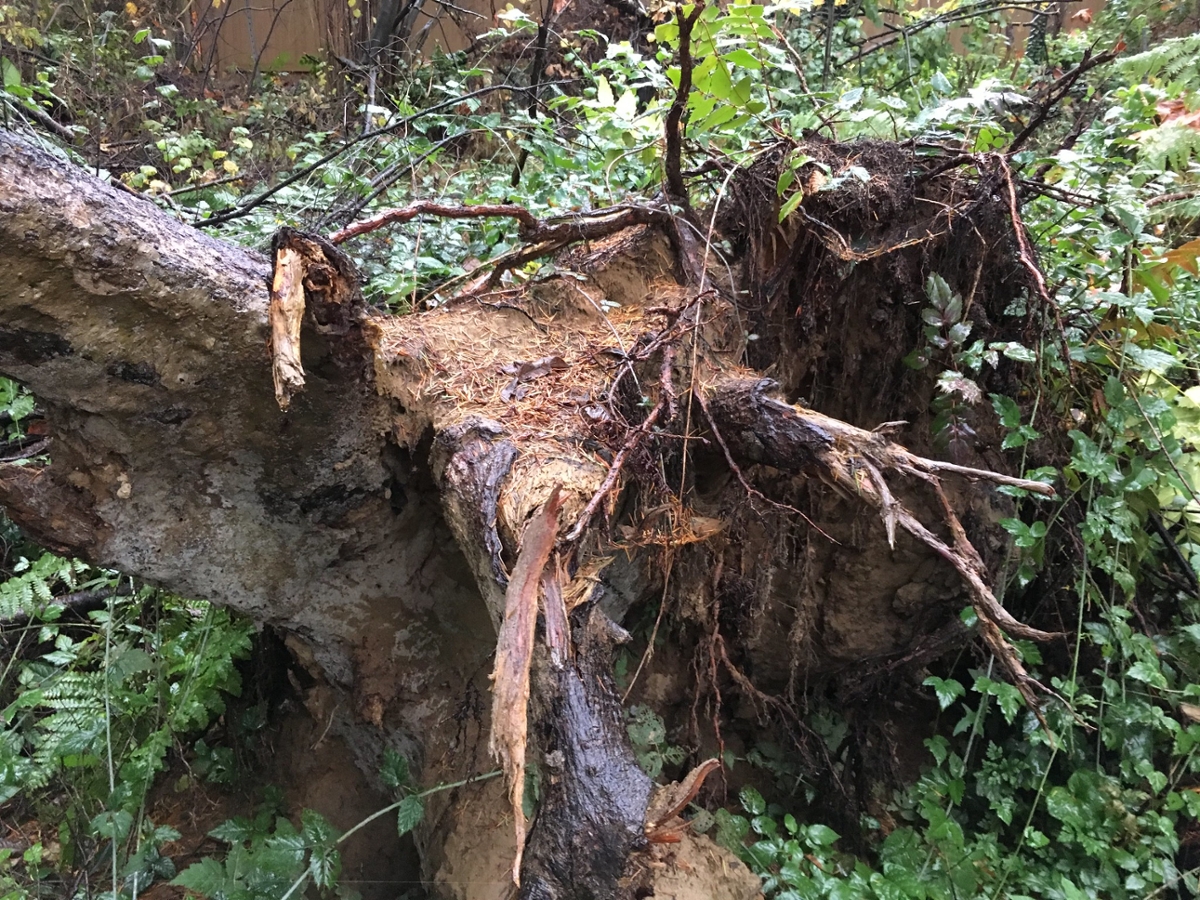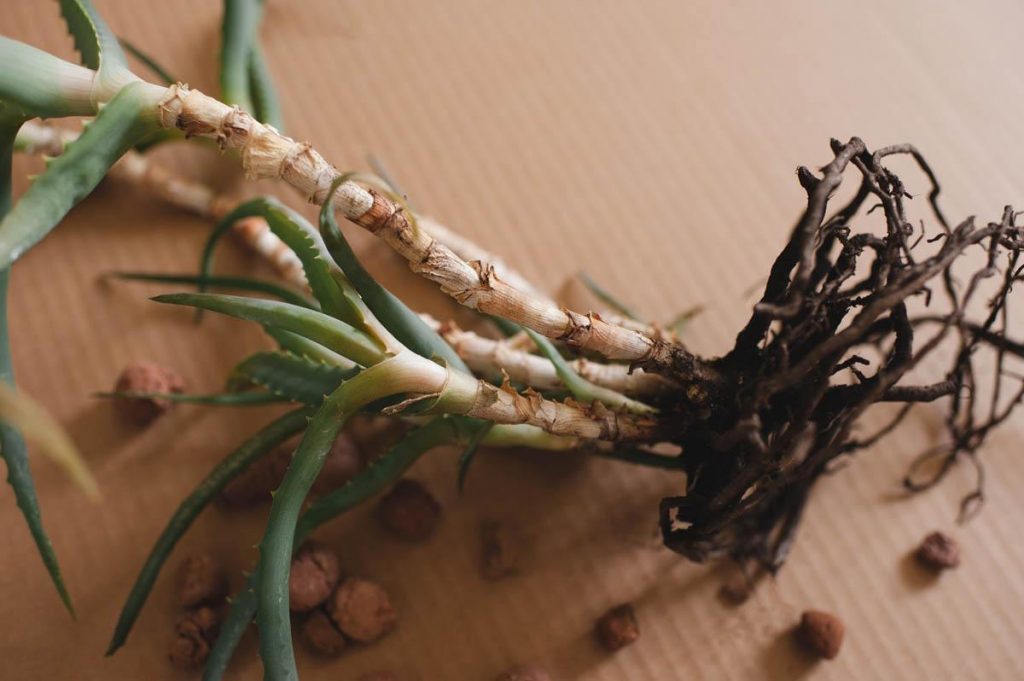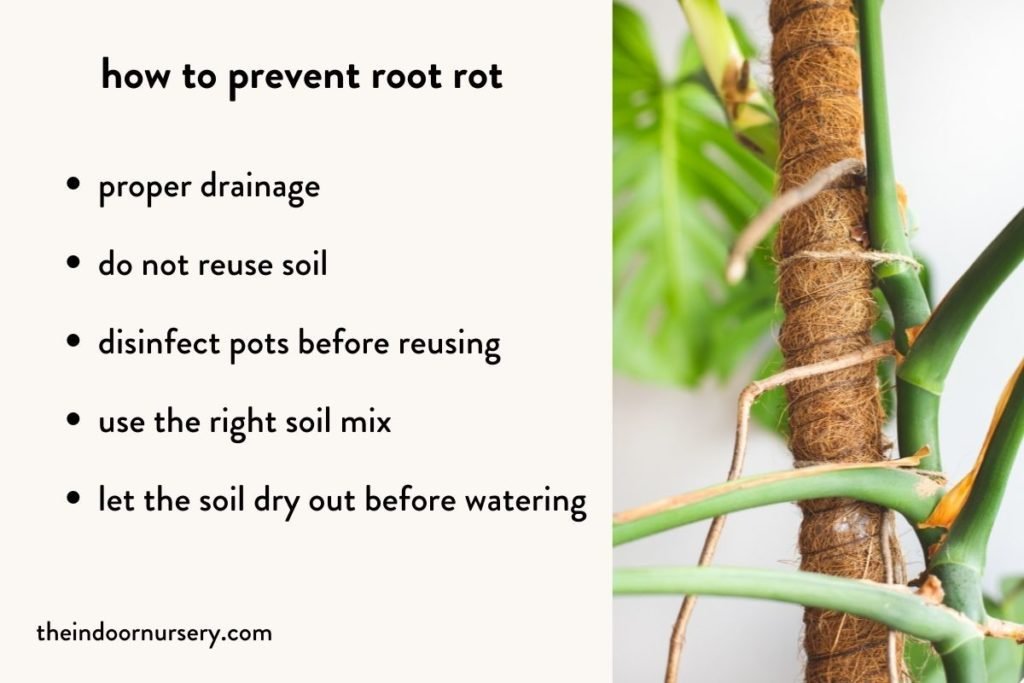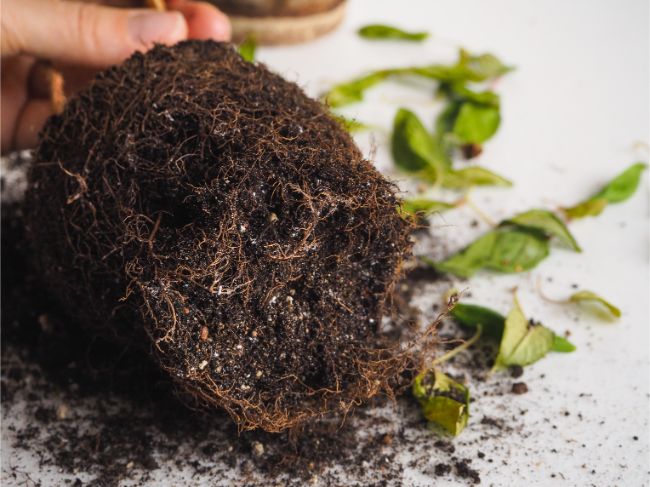Understanding the Causes of Root Rot
Root rot is a common problem that can affect plants of all types, from indoor houseplants to outdoor gardens. It occurs when the roots of a plant become damaged or diseased, leading to a decline in plant health and potentially even death. To understand how to save root rot, it’s essential to know the common causes of this condition. Overwatering is one of the most prevalent causes of root rot, as it can lead to waterlogged soil that deprives the roots of oxygen. Poor drainage is another common cause, as it can prevent excess water from being removed from the soil. Fungal infections, such as those caused by Phytophthora or Pythium, can also cause root rot. These infections can be spread through contaminated soil, water, or gardening tools.
When a plant is affected by root rot, it can exhibit a range of symptoms. The leaves may turn yellow or drop off, the stems may become soft and mushy, and the roots may become discolored or develop a foul odor. If left untreated, root rot can spread quickly, causing irreversible damage to the plant. However, by understanding the causes of root rot and taking prompt action, it’s possible to save a plant from this condition. In the next section, we’ll explore the visible symptoms of root rot and how to identify them.
Preventing root rot is always better than trying to cure it. By taking steps to prevent overwatering, improving drainage, and using clean gardening tools, you can reduce the risk of root rot occurring in the first place. Additionally, using a well-draining potting mix and avoiding excessive fertilization can also help to prevent root rot. By taking these precautions, you can help to keep your plants healthy and thriving.
Identifying the Symptoms of Root Rot
Identifying the symptoms of root rot is crucial to saving your plants from this condition. By recognizing the signs of root rot, you can take prompt action to prevent further damage and potentially save your plant. One of the most common symptoms of root rot is yellowing leaves. If the leaves of your plant are turning yellow or dropping off, it may be a sign that the roots are rotting. Another symptom is droopy stems, which can indicate that the plant is not receiving enough water or nutrients due to root damage.
Soft, mushy roots are another visible symptom of root rot. If you notice that the roots of your plant are soft or mushy, it’s likely that they are rotting. You can check for this by gently removing the plant from its pot and inspecting the roots. If the roots are rotting, you may also notice a foul odor coming from the soil or roots. This is due to the presence of fungal or bacterial infections that are causing the root rot.
To inspect your plants for these signs, start by checking the leaves and stems for any visible symptoms. Look for yellowing or droopy leaves, and check the stems for any signs of softness or mushiness. Next, gently remove the plant from its pot and inspect the roots. Check for any signs of rotting, such as softness, mushiness, or a foul odor. If you notice any of these symptoms, it’s essential to take action to save your plant from root rot.
By identifying the symptoms of root rot, you can take the necessary steps to prevent further damage and potentially save your plant. In the next section, we’ll explore how to save a plant with root rot through pruning and repotting. This will involve carefully removing affected roots, disinfecting pruning tools, and choosing a well-draining potting mix.
How to Save a Plant with Root Rot: Pruning and Repotting
Once you’ve identified the symptoms of root rot, it’s essential to take action to save your plant. Pruning and repotting are two effective methods to rescue a plant with root rot. To prune a plant with root rot, start by carefully removing the plant from its pot. Gently wash the roots with water to remove any remaining soil, and then use sterile pruning tools to remove any affected roots. Cut back any damaged or rotting roots to healthy tissue, making sure to disinfect your pruning tools between cuts.
After pruning, it’s crucial to repot the plant in a well-draining potting mix. This will help to prevent further waterlogging and root rot. Choose a potting mix that is specifically designed to promote healthy root growth, and avoid using regular garden soil, which can compact and prevent proper drainage. When repotting, gently place the plant in the new pot, making sure not to damage any of the remaining roots. Water the plant thoroughly after repotting, and then reduce watering to prevent further root rot.
When pruning and repotting a plant with root rot, it’s essential to take precautions to prevent the spread of disease. Make sure to disinfect your pruning tools and potting equipment, and avoid touching other plants with the same tools. By taking these precautions, you can help to prevent the spread of root rot and save your plant.
Pruning and repotting are just two steps in the process of saving a plant with root rot. In the next section, we’ll explore how to use fungicides and bactericides to treat root rot. These products can help to kill fungal and bacterial infections that cause root rot, and can be used in conjunction with pruning and repotting to provide a comprehensive treatment plan.
Using Fungicides and Bactericides to Treat Root Rot
Fungicides and bactericides are chemical treatments that can help to kill fungal and bacterial infections that cause root rot. These products can be used in conjunction with pruning and repotting to provide a comprehensive treatment plan. When choosing a fungicide or bactericide, it’s essential to select a product that is specifically designed to treat root rot. Look for products that contain ingredients such as copper, sulfur, or chlorothalonil, which are effective against a wide range of fungal and bacterial pathogens.
Before applying a fungicide or bactericide, make sure to read the label carefully and follow the instructions for application. It’s also important to take precautions to avoid exposure to the chemicals, as they can be toxic to humans and pets. Wear protective clothing, including gloves and a mask, and apply the product in a well-ventilated area.
Some popular fungicides and bactericides for treating root rot include copper-based products, such as copper oxychloride, and sulfur-based products, such as sulfur dust. These products can be applied directly to the affected roots or soil, and can help to kill fungal and bacterial infections that cause root rot.
When using fungicides and bactericides to treat root rot, it’s essential to remember that these products are not a substitute for good gardening practices. Proper watering, good air circulation, and regular fertilization are still essential for maintaining healthy plants and preventing root rot. By combining fungicides and bactericides with good gardening practices, you can help to prevent root rot and keep your plants healthy and thriving.
In the next section, we’ll explore how to prevent future root rot by providing tips for healthy root growth. This will include advice on proper watering, good air circulation, and regular fertilization, as well as other tips for maintaining healthy plants.
Preventing Future Root Rot: Tips for Healthy Root Growth
Preventing root rot from occurring in the first place is always the best course of action. By following a few simple tips, you can help to promote healthy root growth and prevent root rot from taking hold. One of the most important things you can do is to water your plants properly. Overwatering is one of the most common causes of root rot, so make sure to check the soil regularly and only water when necessary.
Good air circulation is also essential for healthy root growth. Make sure to provide your plants with enough space to breathe, and avoid crowding them together. This will help to prevent fungal and bacterial infections from taking hold. Regular fertilization is also important for promoting healthy root growth. Use a balanced fertilizer that is specifically designed for your type of plant, and follow the instructions for application.
Another important thing to consider is the type of potting mix you use. A well-draining potting mix can help to prevent waterlogging and root rot. Look for a mix that contains ingredients such as perlite, vermiculite, or sand, which can help to improve drainage. Avoid using regular garden soil, as it can compact and prevent proper drainage.
By following these tips, you can help to promote healthy root growth and prevent root rot from occurring. Remember, prevention is always the best course of action when it comes to root rot. By taking the necessary steps to prevent root rot, you can help to ensure that your plants remain healthy and thrive.
In the next section, we’ll explore common mistakes to avoid when treating root rot. By being aware of these mistakes, you can help to ensure that you’re taking the right steps to save your plants from root rot.
Common Mistakes to Avoid When Treating Root Rot
When treating root rot, it’s essential to avoid common mistakes that can exacerbate the problem. One of the most common mistakes is overwatering, which can cause the roots to rot further. Make sure to check the soil regularly and only water when necessary. Another mistake is using too much fertilizer, which can burn the roots and cause further damage.
Not providing enough light is also a common mistake when treating root rot. Most plants require bright, indirect light to photosynthesize and recover from root rot. Make sure to place your plants in a spot with plenty of natural light, or consider using grow lights if necessary. Additionally, avoid using too much pruning, as this can cause stress to the plant and make it more susceptible to root rot.
Another mistake to avoid is not disinfecting pruning tools between cuts. This can spread fungal and bacterial infections from one plant to another, causing further root rot. Make sure to disinfect your pruning tools with a solution of 1 part bleach to 10 parts water between each cut.
By avoiding these common mistakes, you can help to ensure that your plants recover from root rot and thrive. Remember, prompt treatment and proper care are essential for saving your plants from root rot. In the next section, we’ll share real-life examples of plants that have been successfully saved from root rot.
Success Stories: Real-Life Examples of Saving Plants from Root Rot
Many gardeners have successfully saved their plants from root rot using the methods described in this article. Here are a few real-life examples:
One gardener, who wishes to remain anonymous, had a prized orchid that was suffering from root rot. She carefully pruned the affected roots, repotted the plant in a well-draining potting mix, and treated the plant with a fungicide. Within a few weeks, the plant was thriving again, and the gardener was able to enjoy its beautiful blooms.
Another gardener, who had been struggling with root rot in her indoor garden, decided to take a different approach. She started using a self-watering potting system, which allowed her to control the amount of water her plants received. She also made sure to provide her plants with plenty of light and air circulation. As a result, she was able to prevent root rot from occurring in the first place, and her plants thrived.
These success stories demonstrate that with the right techniques and care, it is possible to save plants from root rot. By following the steps outlined in this article, you can help to rescue your own plants from this common problem.
Before-and-after photos of these success stories can be seen below:
[Insert before-and-after photos of plants saved from root rot]
Testimonials from gardeners who have used these methods can be seen below:
[Insert testimonials from gardeners who have used these methods]
Conclusion: Taking Action to Save Your Plants
Root rot is a common problem that can affect any plant, but with the right techniques and care, it is possible to save your plants from this condition. By understanding the causes of root rot, identifying the symptoms, and taking prompt action, you can help to rescue your plants and prevent future occurrences.
In this article, we have provided a step-by-step guide on how to save a plant with root rot, including pruning and repotting, using fungicides and bactericides, and preventing future root rot. We have also shared real-life examples of plants that have been successfully saved from root rot, and provided tips on how to avoid common mistakes when treating root rot.
By following the steps outlined in this article, you can help to ensure that your plants remain healthy and thrive. Remember, prompt treatment and proper care are essential for saving your plants from root rot. Don’t wait until it’s too late – take action today to rescue your plants and prevent future occurrences.
By taking the necessary steps to save your plants from root rot, you can help to ensure that they continue to thrive and provide you with beauty and enjoyment for years to come. Remember, with the right techniques and care, it is possible to save your plants from root rot and keep them healthy and thriving.







